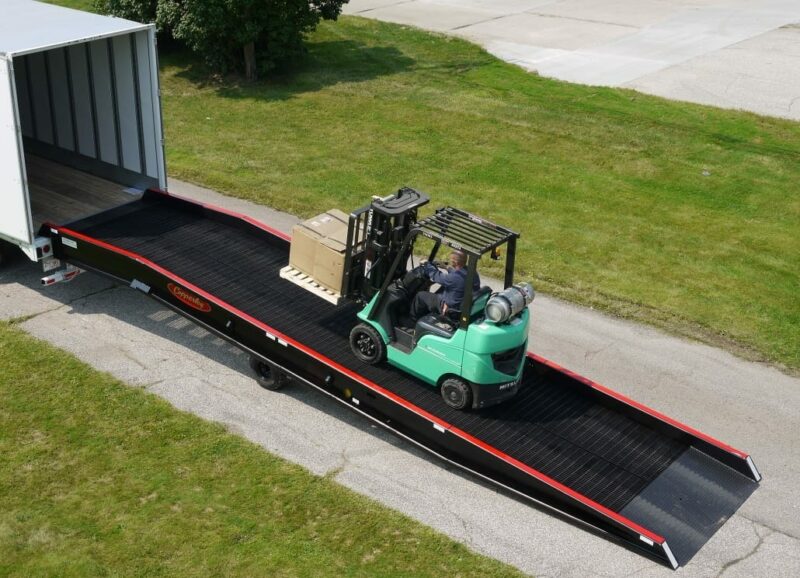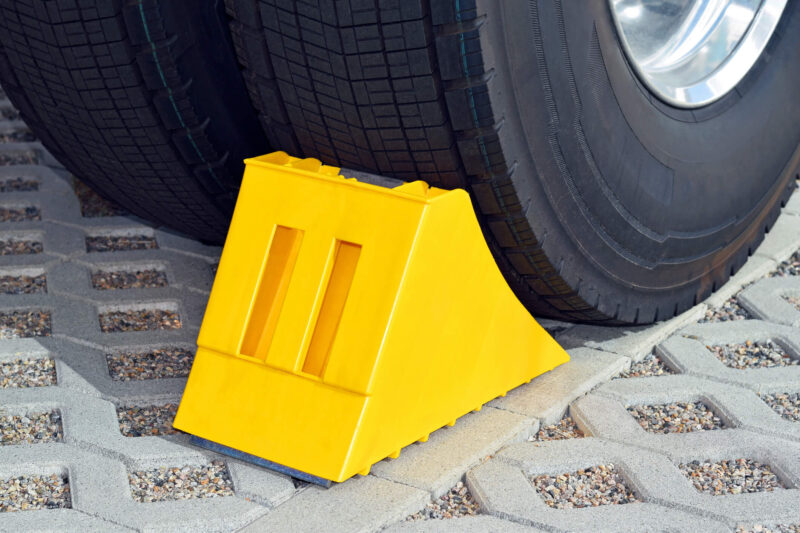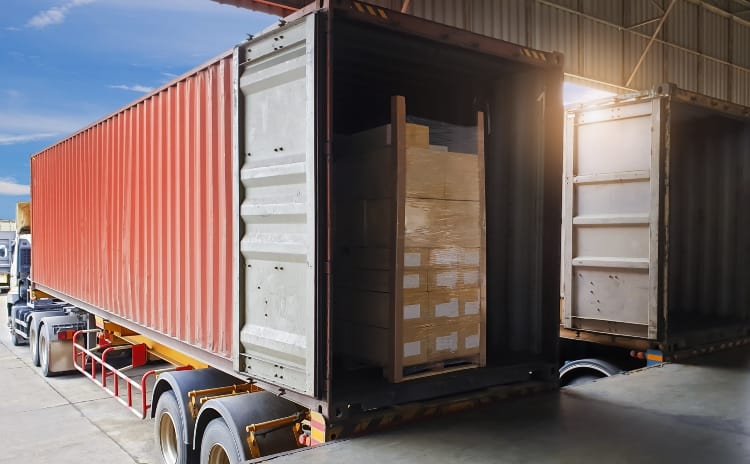When loading and unloading your heavy goods vehicle, it is important to take into account the safety of both the driver and the public.
A quick and easy way to do this is to learn from the experts at The LGV Training Company.
Here are some additional tips to help you stay safe when loading and unloading your HGV:
1. Follow the rules of the road.
Always obey the laws governing the use of the road, and be aware of your surroundings. Make sure you know the safe speed for your vehicle and the weight you are carrying.
2. Use loading ramps.

If possible, use the loading ramps provided by your transporter. This will help to keep the vehicle and its cargo safe.
3. Pack the correct equipment.
Always use the correct safety equipment, such as a safety helmet, safety goggles and a protective suit.
4. Adopt the correct loading techniques.
Make sure you use the correct loading techniques to avoid tipping or damaging the vehicle or its cargo.
5. Use a trolley system when loading your HGV.
This means having a trolley that you can wheel the load onto, and then securing it in place before driving off. This helps to prevent the load from shifting during transit, and makes it easier to control the HGV when loading and unloading.
6. Chock the wheels when unloading your HGV.

By doing this, you create a stable base for your HGV, preventing it from rolling or shifting during the unloading process. This is especially important on uneven or sloped surfaces. A chock system typically consists of two chocks placed at the front and rear of the HGV, and may also include additional chocks for the side wheels.
7. Use a lifting harness when unloading your HGV.
To avoid a potentially disastrous accident, it is always best to use a lifting harness when unloading an HGV. A lifting harness is a device that helps to distribute the weight of the load evenly, thereby preventing the vehicle from tipping over.
Not only is using a lifting harness the safest option, but it can also help speed up the unloading process. This is because the harness helps to keep the load in place, meaning that it can be removed from the vehicle more quickly and efficiently.
8. Stay alert.
Keep your eyes and ears open, and be alert for potential dangers. Stay aware of traffic conditions and watch for other vehicles.
9. Stay calm.
If something goes wrong, keep your emotions in check and stay calm. Try to remain upbeat and cooperative so that the incident can be resolved as quickly as possible.
10. Report the incident.
If something goes wrong, report the incident to the transporter or the police. This will help ensure that the incident is investigated and resolved as quickly as possible.


